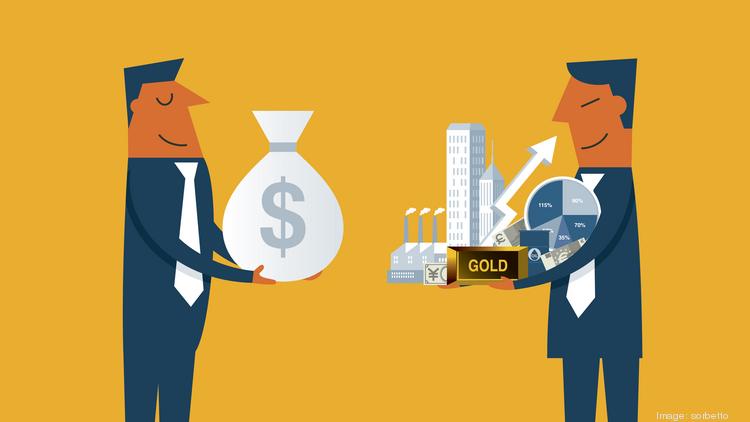In the first quarter of 2022, private investment accounted for 17.39% of GDP, while public investment was 1.61%. This percentage represents an increase from the same period in 2021, when private investment accounted for 15.92% of GDP, while public investment accounted for only 1.61%.
Investments are essential to promote the economic development of the country. On this basis, the government can achieve sustainable growth leading to a developed nation if it maintains a high pace, unlike short-term policies that are inflationary and give the illusion of economic growth, but in an unsustainable way.
Investment helps to increase the productivity of the labor force, which can create more value through their work, leading to a higher return for the company and consequently to higher real wages for workers, resulting from productivity gains and maintaining purchasing power since they do not affect inflation.

But not every type of investment is advisable. Public investment does not bring the same benefits as private investment, increases the country’s debt, and in many cases, such as in Brazil, leads to deviations and insignificant results.
On the other hand, private investment brings the long-term benefits already mentioned and gives the country competitive advantages by making it a developed country. For this to happen, however, the institutional framework must be designed to attract investment, and bureaucracy and excessive regulation must be reduced to enable investment.
Looking at the period from the 2000s to the present, we can see that investment in Brazil has fluctuated dramatically, responding to different moments of institutional, electoral, and economic crises, as well as the pandemic itself. When it peaked in 2010, it was strongly influenced by public investment, but then it lost steam.
The reform plan and the new institutional framework attracted private investment to Brazil. This environment of microeconomic reform is the best way to attract productive private capital to help the country close the gap with developed countries.

